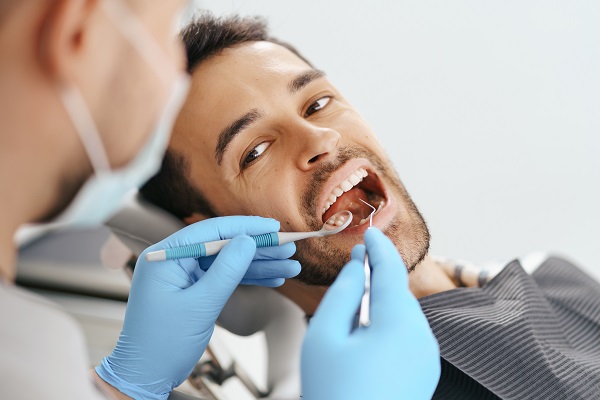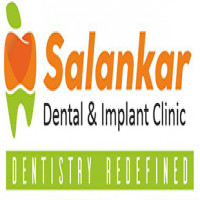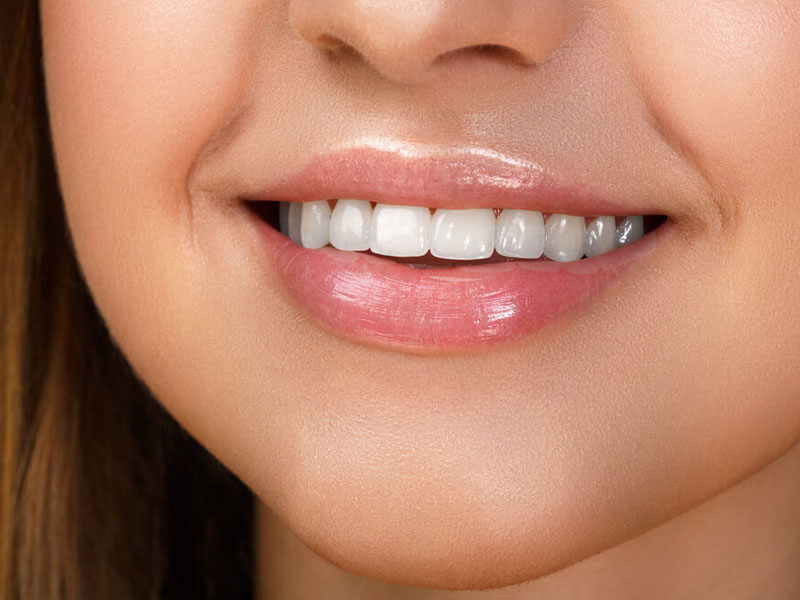From Tooth Removal to Recovery: What Happens in the First 7 Days?

Strong 8k brings an ultra-HD IPTV experience to your living room and your pocket.
Tooth extraction, while a common dental procedure, requires diligent post-operative care to ensure optimal healing. Whether due to decay, trauma, or overcrowding, understanding the recovery process can reduce anxiety and complications. Below is a comprehensive guide to the healing journey during the first seven days after tooth removal, offering insights for patients across cities—especially those seeking tooth removal in Besa and beyond.
Day 1: Immediate Aftercare and Blood Clot Formation
The first 24 hours after a tooth extraction are critical. Immediately following the procedure, a blood clot forms in the socket where the tooth once resided. This clot is essential, as it protects the underlying bone and nerve endings. We advise patients to bite gently on gauze pads for 30–45 minutes to control bleeding.
What to avoid:
- Rinsing or spitting forcefully
- Using straws
- Smoking
- Physical exertion
Any disturbance to the clot can lead to dry socket, a painful condition that delays healing.
Day 2: Pain Management and Swelling Control
By the second day, swelling may peak. It’s a natural inflammatory response, not a cause for alarm. To minimize discomfort:
- Apply ice packs (15 minutes on, 15 off)
- Take prescribed pain medications or over-the-counter pain relievers like ibuprofen
- Elevate your head with an extra pillow during rest
Patients who opt for tooth removal in Besa often benefit from clinics that offer follow-up support and practical care tips—ensuring that even budget-friendly treatments include comprehensive recovery management.
Day 3: Beginning the Healing Phase
On the third day, most patients feel a noticeable reduction in pain. Swelling may begin to subside. It’s now safe to:
- Rinse gently with warm saltwater (avoid commercial mouthwashes unless recommended)
- Eat soft, non-acidic foods (soups, yogurts, mashed potatoes)
- Healing is underway, and the risk of infection decreases when oral hygiene is maintained cautiously.
Day 4: Tissue Regeneration and Energy Return
At this stage, granulation tissue begins to form, replacing the initial clot and supporting further healing. Patients can slowly resume light physical activities if they feel up to it, but should still:
- Avoid touching the extraction site with their tongue or fingers
- Maintain a gentle brushing routine (excluding the extraction site)
Energy levels may begin to rebound, though it’s important not to overdo activities just yet.
Day 5: Monitoring for Complications
Most individuals recovering from tooth extractions—including those receiving affordable tooth removal in Besa—report significant improvement by day five. However, this is also when signs of delayed healing or infection can surface. Contact your dentist if you notice:
- Severe or increasing pain
- Persistent swelling or pus discharge
- Fever or chills
Clinics offering cost-effective services in Besa ensure that patients receive timely follow-ups to catch any such issues early.
Day 6: Gradual Reintroduction of Routine Habits
On day six, patients can start introducing slightly firmer foods like scrambled eggs, soft noodles, or well-cooked vegetables. Most of the tenderness has likely faded, and the socket should appear to be closing. It’s essential, however, to:
- Still avoid chewing near the extraction site
- Keep up gentle oral rinsing
- Refrain from alcohol and tobacco, as they delay healing
Day 7: Almost There—Final Phase of Initial Healing
By the seventh day, many people feel almost back to normal. While full socket closure can take a few weeks, the initial healing phase is usually complete by now. If sutures were used, they may begin to dissolve or may require removal during a check-up.
What to expect during your check-up:
- Evaluation of healing progress
- Instructions for long-term care
- Advice on replacing the extracted tooth (if needed)
Affordable Tooth Removal in Besa: Quality Without Compromise
Accessing quality care doesn’t always require a hefty price tag. Patients searching for affordable tooth removal in Besa can rely on clinics that combine compassionate service with modern techniques. From digital diagnostics to pain-free extractions and attentive follow-up care, these centers ensure that budget-conscious patients still receive excellent dental treatment.
We prioritize:
- Transparent pricing with no hidden charges
- Personalized aftercare plans
- Emergency support during the recovery phase
When affordability meets reliability, recovery becomes less stressful and more empowering.
Helpful Tips for a Smooth Recovery
Do:
- Follow all dentist instructions
- Stick to soft and nourishing foods
- Use prescribed medications on time
- Attend your scheduled follow-up appointments
Don’t:
- Skip oral hygiene (just modify your technique)
- Engage in high-impact activity too soon
- Smoke or consume alcohol
- Panic at mild discomfort or swelling—it’s normal
Conclusion: A Week That Sets the Foundation for Long-Term Oral Health
The first seven days after a tooth extraction mark a vital period of healing. Whether you've opted for a premium procedure or affordable tooth removal in Besa, your commitment to aftercare determines how swiftly and comfortably you recover. With the right guidance, proper rest, and follow-up support, tooth removal can be a positive step toward better oral health.
Note: IndiBlogHub features both user-submitted and editorial content. We do not verify third-party contributions. Read our Disclaimer and Privacy Policyfor details.






